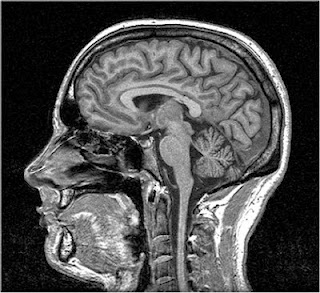What is your first impression of the site? Think of the “3 second rule.”
Our first impression of The Huffington Post website is that it is very overwhelming. Even the tabs at the top are over stimulating, and there are too many pictures.
How does this site establish credibility? How does it establish trust? Or does it? Authentic voice? Genuine? Transparency?
By looking at the website, it doesn’t immediately establish credibility because the more serious stories are mixed in with completely irrelevant “fluff”. However, the articles themselves are generally credible, with appropriate quotes, interviews, and links to other articles. There is a mix of unbiased, transparent articles as well as editorials and blog posts.
What is the general writing style? Biased? Objective?
Generally the articles are written from an objective point of view; the blog posts and editorials are understandably biased.
Does the writer IDENTIFY with his or her readers, or not? How (or why not)?
The actual articles are more information based and focused on telling the facts, so these authors do not really identify with their readers within the article. However, beneath some articles are picture slideshows with very persuasive and powerful images that do sway the readers. The editorials and blog post authors do identify with their readers, because their writing is more passionate and opinionated, and seeks to persuade readers to their points of view.
Does the writing style get to the point?
The writing is very clear and concise, giving information but not unnecessary details, so it gets to the point very quickly.
How is it arranged? Is it arranged in reverse pyramid style?
Yes, the articles are arranged in reverse pyramid style, with the most important facts and information at the beginning of the article.
Is content shaped for scanning? How is the content layered?
Yes. The content is layered with large images and smaller sections of text, so it is easy to scan.
Is the tone or rhythm of the site consistent throughout?
On the home page, the tone is not consistent because there are heavier articles placed below or right next to “fluff” articles. However, within the articles themselves, the tone remains consistent.
How does the site use headlines?
The main article that the site is trying to promote has a massive headline. Other articles with pictures have smaller headlines. The wording of the headlines draws readers in.
How does it use links? Effectively or not?
The Huffington Post uses links extremely effectively. Every article (except the “Most Popular” articles) offers the option to select “quick read” with a one or two sentence abstract that gives the general information relayed in the story.
How is multimedia used? Is it distracting? How is it displayed on the site? Does the multimedia tell the same story as the text, or a different side of the story?
Some multimedia, like the pictures used on the homepage, are overwhelming and distracting. The pictures are displayed too often and too heavily. However, the slideshows at the end of some articles and the videos used are very effective, and often tell a different story than the articles, in the sense of offering more persuasive perspectives. For example, an unbiased article about war had a slideshow at the conclusion with extremely powerful images that relayed information more intensely and persuasively than the text.
How does the site “package” stories?
In terms of the tabs at the top of the Web page, the site attempts to package stories based on their topics. However, on the home page, major and minor stories are placed next to each other. In some cases, “fluff” is placed above major stories. This is not an effective way to package stories. Additionally, each paragraph is relatively short. The photos are clear and show almost solely human faces. The font used is also Georgia, which is very readable.
How are graphics used? Too cluttered? Are the graphics consistent through out the site, and consistent to the brand? Do they encourage or discourage use, and how?
The graphics are too cluttered on the home page. However, in the articles themselves, the graphics contribute to the article.
Can each page stand on its own?
Yes, each page and each article can definitely stand on its own.
How is the navigation? Do you get lost? Do you always know where you are? How (or why not)?
The site is fairly easy to navigate. There is a prominently displayed search bar and tabs at the top of the page that separate stories into topics. There is also a scrolling ticker at the top below the tabs that displays breaking news headlines.
How does the site incorporate/interact with its audience? How does it embody the social aspect of the internet (or does it)?
The site effectively interacts with its audience by allowing them the opportunity to respond to articles by using a comment section. The site also allows the audience the share articles on social media, and lists articles according to popularity.













































